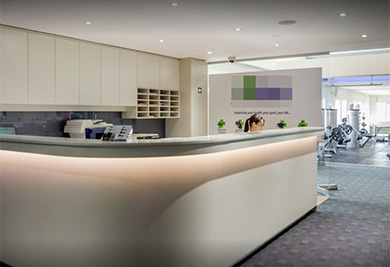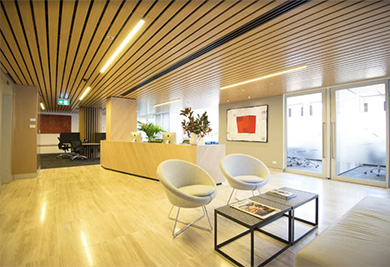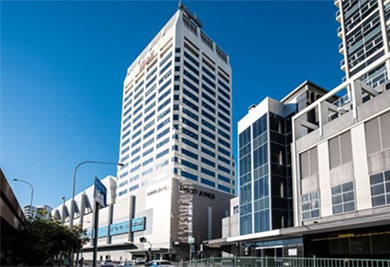Amongst the most common of foot disorders, Bunions (also referred to as hallux abducto valgus or HAV) are often described as a bony lump on the side of the big toe joint. This lump is actually demonstrating an anatomical change of the big toe joint (known as the first metatarsal phalangeal joint or 1st MPJ). The bunion begins with an inward leaning of the big toe (hallux), while the metatarsal gradually leans outward changing the angle of the bones, slowly producing the characteristic bump, which becomes increasingly prominent. Symptoms usually appear at later stages, although some people never have symptoms.
The signs and symptoms of a bunion may include:
- A bulging bump on the outside of the base of your big toe
- Swelling, redness or soreness around your big toe joint
- Corns or calluses
- Ulceration
- Restricted movement of your big toe – Arthritis?
- Numbness
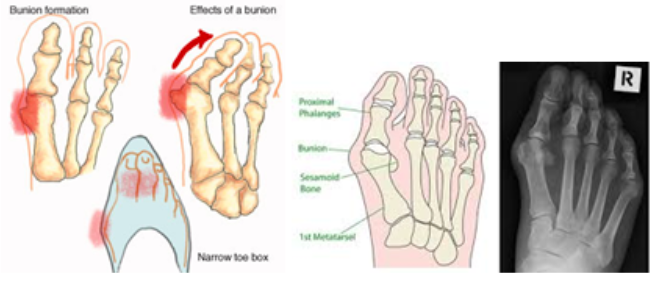 Causes
Causes
Bunions are most often caused by an inherited faulty mechanical structure of the foot. It is not the bunion itself that is inherited but more specifically it’s the genetic Bio-chemistry of an individual that will increase the chances of a person developing a bunion.
Experts disagree on whether tight, high-heeled or too-narrow shoes cause bunions or whether footwear simply contributes to bunion development.
Although wearing shoes that crowd the toes may not actually cause bunions, it may however encourage the formation and/or speed up the process. Symptoms may therefore appear sooner.
Bunions might be associated with certain types of arthritis, particularly inflammatory types, such as rheumatoid arthritis.
Risk factors
- High heels. Wearing high heels forces your toes into the front of your shoes, often crowding or squeezing your toes.
- Ill-fitting shoes. People who wear shoes that are too tight, too narrow or too pointed are more susceptible to bunions.
- Rheumatoid arthritis. Having this inflammatory condition can make you more susceptible to bunions.
Complications
Although they don’t always cause problems, bunions are permanent unless surgically corrected. Possible complications include:
-
- Bursitis. This painful condition occurs when the small fluid-filled pads (bursa) that cushion bones, tendons and muscles near your joints become inflamed.
- Hammertoe. An abnormal bend that occurs in the middle joint of a toe, usually the toe next to your big toe, can cause pain and pressure.
- Arthritis.
-
- Metatarsalgia. This condition causes pain and inflammation in the ball of your foot.
- Nerve impingement. Numbness, hypersensitivity or pins and needles.
- Ulceration.
- Corns and calluses or blisters.
Managing Bunions – Non invasive
- Try going for something that has a wide, squared toe box – No pointy shoes.
- Check to see that there is enough space between your longest toe and the ends of your shoes.
- Your shoes should conform to the shape of your feet without squeezing or pressing any part of your foot.
- Custom orthotics may be used to improve foot mechanics and foot alignment. Orthotics may help prevent or relieve pain by improving joint function. We must keep in mind that orthotics however, do not correct bunion alignment nor do they prevent bunion formation. In addition, orthotics need to be worn in stable, well-fitting footwear. These shoes can positively influence joint position and reduce discomfort that is commonly encountered in ill-fitting or tight shoes.
- The following brands of footwear are orthotic friendly (also in sandal option) and although we don’t restrict or limit our patients to these brands only, we simply encourage that you add or include orthotic friendly footwear to you collection so that you may alternate as required.
- Ziera
- Vionic
- Naot
- Propet
- Klouds
- Ecco
- Rockport
- Merrell
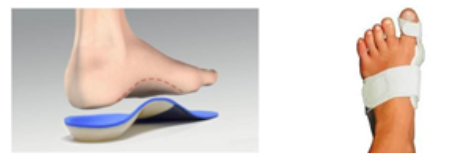
- Radial Shockwave Therapy (RSWT) can help with pain relief and may also help make the joint more pliable. It also helps break up scar tissue around the metatarsal phalangeal joint and surrounding structures. Shockwave therapy is a new treatment option designed to treat bone conditions such as tennis elbow, shoulder pain, and more recently bunions. Shockwave therapy uses high intensity sound waves that are directed to the affected tissues of the body with pinpoint accuracy. The effects are very beneficial, leading to a production of collagen fibres, eliminating pain and inflammation.
- Anti-inflammatory medication can help to ease inflammation and provide pain relief (consult with your Doctor). Local cold-pack application is sometimes helpful as well.
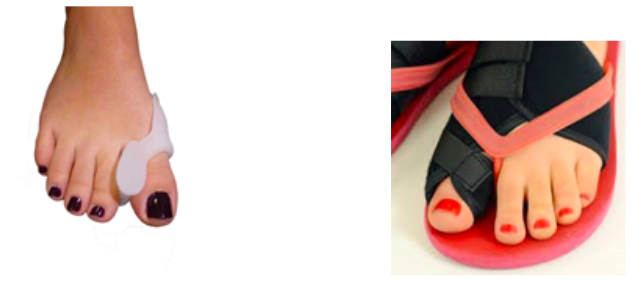
- Bunion shields or pads can reduce pressure on the bunion caused by closed shoes. A bunion splint may also help if the condition is still in its early stage with minimal deformity. Splints help to place the toe in a corrected position, while stretching the surrounding soft tissue. Night splints are used while sleeping and splint booties can be worn inside a shoe. Taping and toe separators can also be used to achieve the same goal.

